PPT-Strong Ales Brett Goldstock
Author : haroublo | Published Date : 2020-06-17
Mike Habrat September 24 th 2013 BJCP Guidelines Category 19 19A Old Ale OG 10601090 ABV 6 9 Fills space between strong bittersporters and barleywines Sweeter
Presentation Embed Code
Download Presentation
Download Presentation The PPT/PDF document "Strong Ales Brett Goldstock" is the property of its rightful owner. Permission is granted to download and print the materials on this website for personal, non-commercial use only, and to display it on your personal computer provided you do not modify the materials and that you retain all copyright notices contained in the materials. By downloading content from our website, you accept the terms of this agreement.
Strong Ales Brett Goldstock: Transcript
Download Rules Of Document
"Strong Ales Brett Goldstock"The content belongs to its owner. You may download and print it for personal use, without modification, and keep all copyright notices. By downloading, you agree to these terms.
Related Documents

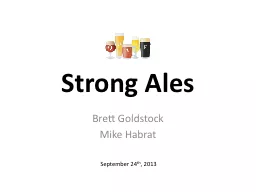

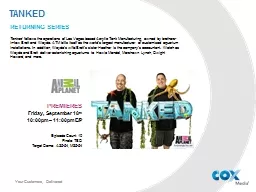






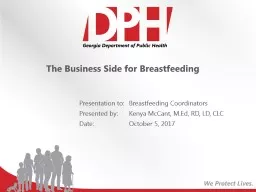
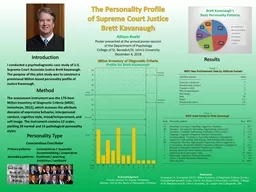
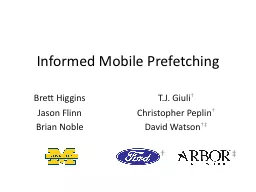

![[BOOK]-Brew Like a Monk: Trappist, Abbey, and Strong Belgian Ales and How to Brew Them](https://thumbs.docslides.com/957308/book-brew-like-a-monk-trappist-abbey-and-strong-belgian-ales-and-how-to-brew-them.jpg)